
Biodiversity stories
Since the beginning of time, we’ve told stories to make sense of the world. Here, biodiversity comes to life through articles that blend science, wonder, and curiosity. These stories inform without overwhelming, explain without oversimplifying, and bring you closer to what keeps life in balance: the intricate beauty of nature.
Order by
-
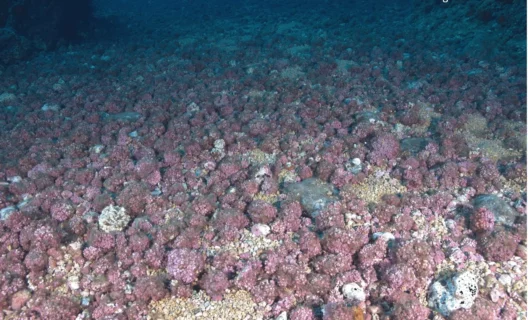
Coralline algae against climate change
Study reveals key role of algae in countering the effects of climate change
Coralline algae beds play a primary role in the global carbon cycle. This is revealed by research, the results of which have been published in the journal Nature Communications, which highlights how coralline algal beds possess significant capacities to absorb atmospheric carbon and accumulate calcium carbonate in their structures, effectively becoming essential “carbon sinks” for mitigating the effects of climate change. These are marine ecosystems composed, for the most part, of rhodolites and maerl with a typical pinkish color that are still little studied with respect to their importance.
-

Good or bad, unbalanced funding in research
Imbalance in the allocation of conservation funds threatens endangered species
A study conducted by the Universities of Florence and Honk Kong (“Limited and biased global conservation funding means most threatened species remain unsupported”), published in PNAS, has highlighted for the first time a not insignificant management issue for biodiversity conservation: global funds, both public and private, allocated to safeguard the existence of species are unevenly distributed, to the detriment of those at direct risk of extinction, many of which are critical to the functioning of ecosystems.
-
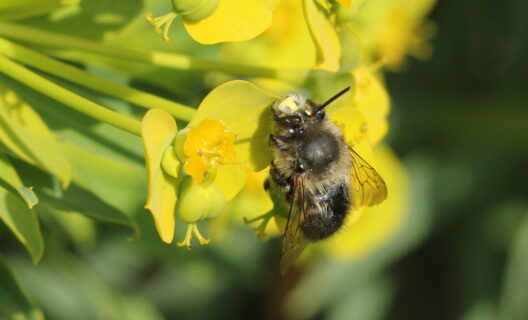
Low nectar, a problem for wild bees
According to a study, when resources are scarce, honey bees prevail over wild bee species
Studying bees and their behaviors, considering the important impact they have on ecosystems and consequently also on humans, is a fundamental prerogative to overcome the difficulties we will face in the future. For this reason, researchers from the Universities of Florence and Pisa conducted a study on theisland of Giannutri to understand what happens between honey bees and other bee species when they find themselves confined to an area with scarce resources. The research, titled “Island-wide removal of honeybees reveals exploitative trophic competition with strongly declining wild bee populations,” was funded with funds from the Ministry of Environment and Energy Security, the National Operational Program (NOP) of the Ministry of University and Research, and the National Biodiversity Future Center (funded by the European Union under the #NextGenerationEU – PNRR program).
-
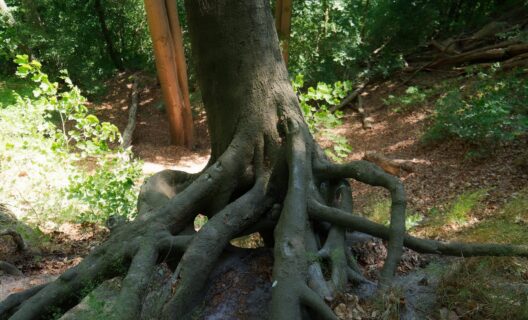
How anthropogenic activity wipes out biodiversity
Dark diversity reveals hidden depletion of natural ecosystems
Imagine entering a forest or prairie and observing seemingly lush vegetation. Yet beneath that green surface lies an invisible but significant absence: many species that should be there are simply no longer there. This is the notion of “dark diversity” (dark diversity): that is, all those species that would be ecologically suitable to live in a given environment, but turn out to be absent. The concept, introduced by Pärtel, Szava-Kovats and Zobel in 2011, makes it possible to measure not only how much biodiversity is present in a place (alpha diversity), but also how much is missing, while theoretically compatible with that environment.
-
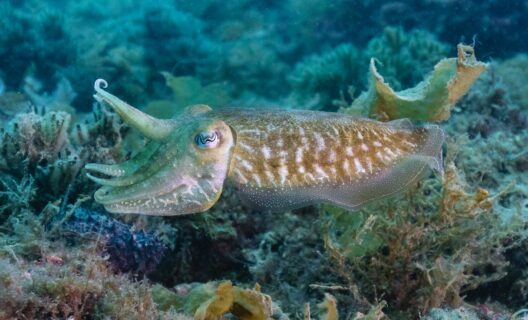
Adriatic Sea: saving the cuttlefish? It can be done
A project demonstrates the feasibility of a sustainable approach that satisfies various stakeholders
Halting the decline of the common cuttlefish(Sepia officinalis) in the northern Adriatic Sea and opting for sustainable fisheries management is as possible as it is desirable. That’s according to research, published in Fisheries Research, focusing on a Fishery Improvement Program (FIP) carried out over the period 2021-2022 and found to be welcomed by all stakeholders involved.
-
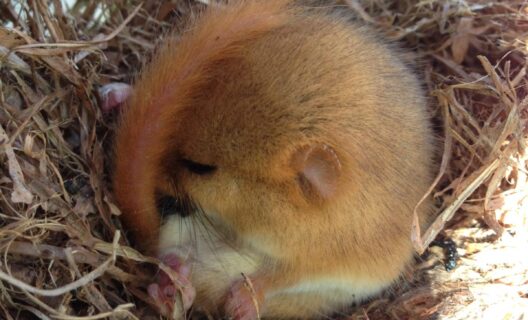
Healthy ecosystems: the northern park midge
Its discovery in a Milanese park demonstrates the effectiveness of environmental restoration efforts.
Protecting the environment can lead to concrete and significant results: this is demonstrated by the unexpected discovery at Milan’s North Park of a small arboreal rodent, the dormouse (Muscardinus avellanarius). The discovery was made by researchers from the Biodiversity Conservation Laboratory at the University of Milan-Bicocca, led by Olivia Dondina, an NBFC researcher specializing in the protection and restoration of biodiversity in urban areas.
-

Acidic oceans, resilient sponges? Depends.
Two compared species demonstrate very different adaptive capacities. And the picture becomes more complicated.
When it comes to ocean acidification-that is, the process of continual change in ocean chemistry due to the absorption of carbon dioxide from the atmosphere, a phenomenon that can lead to a loss of biodiversity-sponges are usually considered “winners”: they tolerate a wide range of stressful environmental conditions, and they possess a siliceous, not calcareous, skeleton, which makes them less susceptible than corals and mollusks to ongoing changes. But not all sponges react the same way.
-
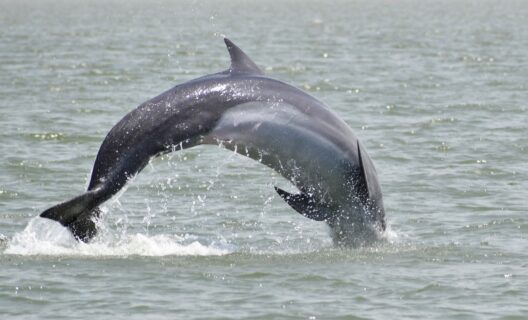
Dolphin laughter
The open mouth is for communicating good intentions and responding to playmates
In playful interactions, the open-mouthed facial expression of bottlenose dolphins(Tursiops truncatus) corresponds to laughter. This is the finding of research in which the universities of Pisa and Turin participated, conducted using an observational approach on captive specimens.
-
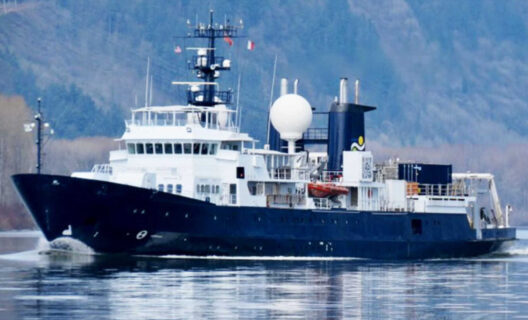
Discovering the earth’s oldest ocean
Gaia Blu, the CNR oceanographic ship, will explore a window into Tethys’ past with the Sirens campaign
The study of Tethys, the very ancient ocean arm that separated North Africa from Europe and Asia between the Permian and Miocene, is extremely difficult: it is usually covered by sediment. However, there are unique geological windows, where rocks usually located more than 20 km deep rise to the seafloor, crossing lithospheric faults responsible for some of the most devastating earthquakes and tsunamis in the history of Italy and Europe.
-
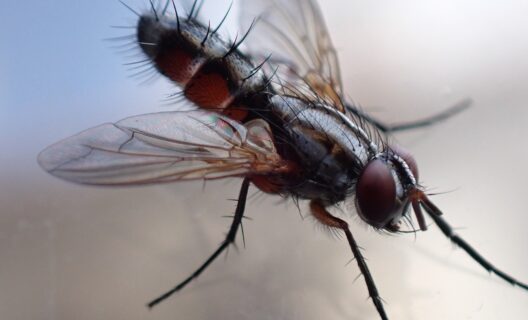
Why tachinid flies are at risk (and why we should care)
The decline of these guardians of biodiversity has serious consequences for mountain ecosystems
One species declines, another increases, and mountain ecosystems are paying the price. According to a recent study by the University of Rome La Sapienza, published in PNAS, high-altitude declines in tachinid flies, attributable to climate change, may reshape mountain ecosystems.
-
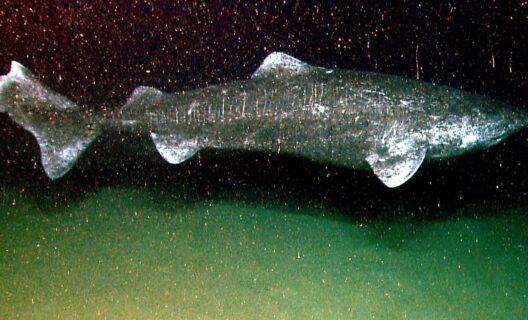
Longevity: the case of the Greenland shark
Through DNA repair mechanisms and a specific protein alteration, it reaches 400 years old
Longevity and health are worthy goals that are under constant investigation, and mapping the genome of the Greenland shark-the longest-lived vertebrate on the planet, with an estimated lifespan of about 400 years-may be a step toward unlocking its secrets.
-
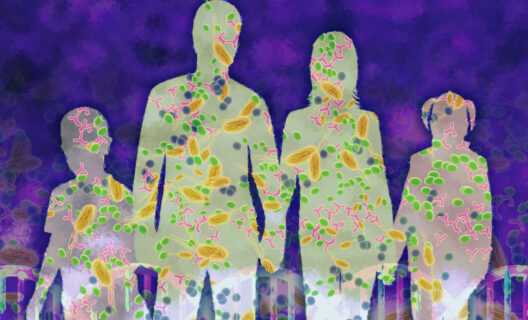
Holobiont: a new perspective on life
An innovative approach to the study of living organisms: from an individualistic to a holistic analysis
A paradigm shift in the study of living organisms. This is what was proposed in a study just published in Science by theHolobiont Biology Network, an international consortium that includes researchers from numerous institutions including the University of Padua, Penn State University, the University of Copenhagen, NTNU University Museum, the University of Pittsburgh and the National University of Colombia.
Geoportal of Marine Biodiversity in Italy
The Geoportal of Marine Biodiversity in Italy collects information on marine species and habitats, the environment, and how humans use the sea. With an interactive map, anyone can explore species distribution, sea uses and protection measures. It is aimed at citizens, local authorities and researchers to increase knowledge of marine biodiversity and help better manage the sea and its resources.

